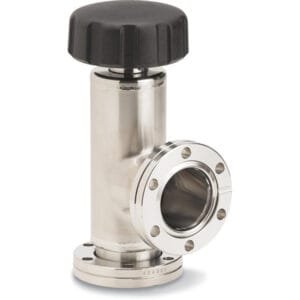Gas Flow Control for Vacuum Systems
Overview
Efficient gas flow management is essential for vacuum systems, ensuring optimal performance and safety. The products designed for this purpose offer robust construction and precise regulation capabilities.
Construction and Material
The gas flow control devices are made from 316 stainless steel, providing excellent resistance to corrosion and high temperatures. This material choice ensures durability and reliability in demanding environments.
M-Series Features
The M-Series is specifically designed to regulate medium gas flows at elevated temperatures, with the following specifications:
- Temperature Range: Up to 200° C
- Pressure Rating: Up to 1,000 psi
- Ordering Information: To include the Vernier Handle option, simply add “–MH” to the end of the part number.
S-Series Features
For applications requiring precise control, the S-Series excels with its fine flow regulation capabilities:
- Pressure Rating: Rated for up to 2,000 psi
- Ordering Information: To select the Vernier Handle option, append “–VH” to the part number.
Specifications Table
| Manufacturer | Swagelok |
|---|---|
| Rates | Pressure Rating 69.0 bar 1000 PSI |
| Temperature | Max 204 ºC 400 ºF |
| Actuator Type | Manual |
| Used for Shut-Off | 0 |





Reviews
There are no reviews yet.